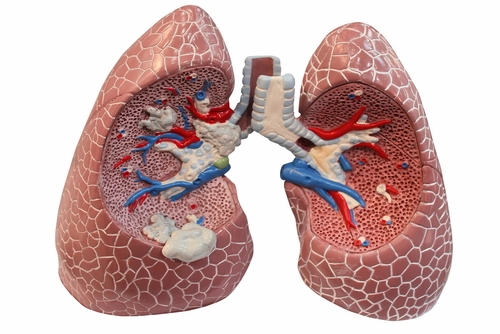Don't Cross Codes for Acute and Chronic Tracheitis

You still have only one code for acute patients.
Acute tracheitis is one condition your otolaryngologist diagnoses that has had an easy transition under ICD-10. Just as you had only one code for the condition when coding with ICD-9, the same holds true now that you use ICD-10.
Previous diagnosis 464.1 (Acute tracheitis) is now reported as J04.1 (Acute tracheitis). The code applies to acute viral tracheitis, catarrhal tracheitis (acute), and tracheitis (acute) NOS. Include an additional code from B95-B97 to identify the infectious agent, once confirmed.
Caution: Do not report J04.1 for chronic tracheitis. Instead, submit J42 (Unspecified chronic bronchitis). Coding notes explain that J42 also applies to chronic bronchitis NOS, chronic tracheitis, and chronic tracheobronchitis.
Another coding tip: High fever (R50.2 or R50.9), deep cough (R05), and high-pitched wheezing sound are all common of tracheitis. Make sure you code these symptoms as secondary diagnoses when you see them included in the physician’s notes.
Documentation: When diagnosing acute tracheitis, the otolaryngologist will perform a physical exam and listen to the patient’s lungs. During this test, intercostal retractions may occur wherein the muscles between the ribs may pull in as the patient tries to breathe.
Some of the tests that your physician may perform to help reach a diagnosis include:
About the condition: Tracheitis is a bacterial inflammation of the trachea (more popularly called the windpipe). The bacteria staphylococcus aureus causes this condition and it frequently follows a recent viral upper respiratory infection.




